Nokia N9: The Forgotten Pioneer, a Sad Story of a Promising Operating System
Nokia's Symbian phones are often considered the biggest victims of the Nokia-Microsoft alliance, but the truth is that this OS was already dead before the two giants joined forces. There was a promising new operating system ready to replace Symbian, but unfortunately, it only appeared on one phone: the Nokia N9, released in 2011.
Development of the Symbian and Linux-based operating systems was scrapped so the company could focus on the Lumia line powered by Microsoft's Windows Phone OS. This was surprising since the MeeGo OS for the Nokia N9 had two giants backing it.
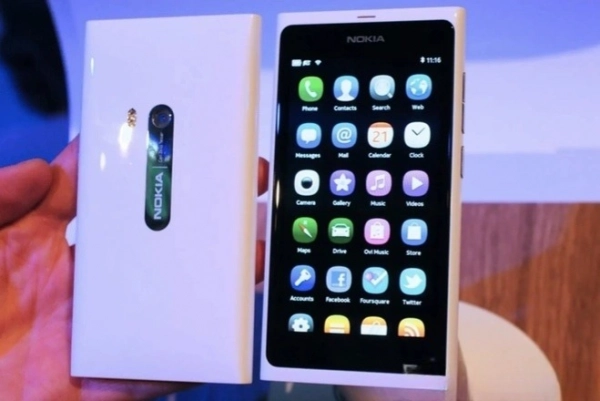
MeeGo was the result of Nokia's Maemo and Intel's Moblin, two Linux distributions focused on mobile devices. Moblin was Intel's attempt to provide an alternative to Windows XP and Windows 7 as the operating system for netbooks. Maemo was used on several Nokia products, such as the N900.
The Nokia N9 was seen as the Finnish giant's answer to Apple's iPhone. The N9 was a beautiful phone with software built to operate with a touchscreen. Before the N9, Nokia tried to compete with the iPhone with the Nokia 5800, but the N9 was a more premium device and posed a stronger challenge to Apple.
Nokia crafted a phone that was ahead of its time. The N9 was the first phone with integrated storage of up to 64GB in eMMC chip. A few months later, the iPhone 4S reached this level with its highest configuration, but the Nokia N9 had 1GB of RAM, double that of the 4S.
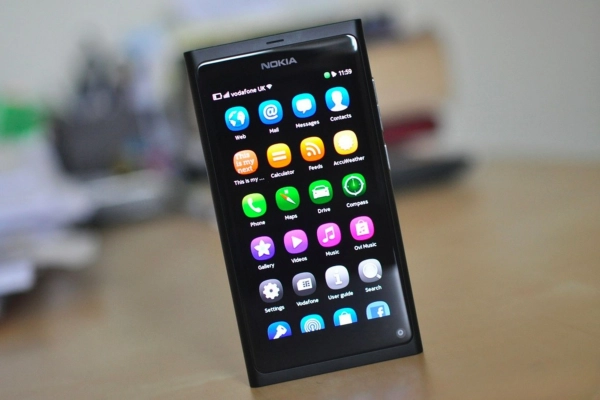
It had a 3.9-inch AMOLED screen that feels quite modern even today. The N9 featured a high aspect ratio (16:9) and was protected by Gorilla Glass with curved edges. There were no physical buttons on the front, and the user interface was navigated entirely by swipe gestures, many years before Apple and Google followed suit.
The interface lacked a "Home" button; all navigation was done with swipe gestures. A swipe minimized the app and returned to the home screen. Another swipe revealed the app switcher. Pressing the status bar allowed access to alarm settings and quick toggles for wireless connections (Wi-Fi and Bluetooth). You could also change your Skype and Facebook status from here.
The curved edges of the screen glass made gesture navigation much smoother. Gestures started at the edge of the screen, easily found by touch thanks to the sloped edges.
Powered by a single-core Cortex-A8 1GHz chip, the N9 ran everything smoothly. GSMArena tested the device with 15 or more apps running in the background, and it remained smooth. Remember that most flagship phones in 2011 had dual-core CPUs and many still struggled to perform as smoothly as the N9.
Another interesting detail was that each browser tab was treated as a separate application by the OS. This was later adopted by Chrome on Android a few years after with the Nexus 6. To be fair, people complained about this feature so much that Google was forced to make it an option.
Nokia reused the N9 design for its first Lumia products. They had a similar shape and premium polycarbonate bodies. The advantage of this material was that it was colored throughout, not just painted, so a scratch wouldn’t reveal gray metal or plastic underneath.
The Nokia N9 was the first device to perform a trick later used on the 808 PureView. It had an 8.7MP main camera, easily switching between 4:3 and 16:9 aspect ratios (resulting in 8MP and 7.1MP photos, respectively).
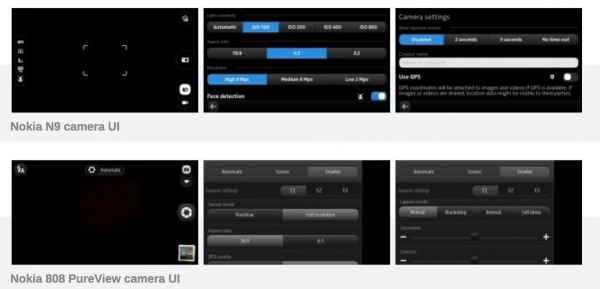
Nokia owned Qt, a cross-platform framework. Widely used for developing Linux and even Windows applications, Qt was the primary platform for developing Symbian S60 applications since 2010.
This was part of Nokia's plan: Symbian still had a massive user base, crucial for popularizing applications. Then, moving to MeeGo would be easier. However, after Nokia announced the end of both platforms, developers shifted to Android and iOS.
There were developers who wanted to "save" the N9. Alien Dalvik tried to run Android apps on the N9, and there was even a full Android version developed for the device, but it couldn't help the N9 survive.
While it's easy to blame Microsoft for this, there are stories of internal friction within Nokia that hindered MeeGo's development. The Nokia N9 was ahead of its competitors but ultimately hit a dead end.
The Nokia N9 and MeeGo represent a sad story of a promising operating system that wasn't given the chance to flourish. However, this story also highlights the fierce competition in the tech industry and the importance of making the right decisions.
Submit feedback
Your email address will not be made public. Fields marked are required *
Search
Trend
-
What is Black Myth: Wukong? Detailed Guide on System Requirements and Gameplay
08-21-2024 . 1k view
-
The simplest and fastest way to log into the Chinese TikTok, Douyin.
01-10-2022 . 1k view
-
Blog sites that will accept AI generated content
07-26-2024 . 1k view
-
Call of Duty: Black Ops 6 - Intense, Mysterious, and Surprising Warfare
09-02-2024 . 1k view
-
The "End of Life" for Windows 10: A Massive E-Waste Threat and Sustainable Solutions
08-18-2024 . 952 view






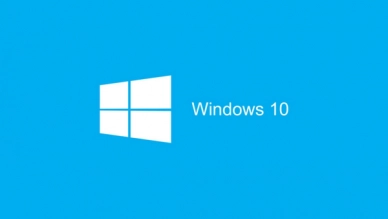

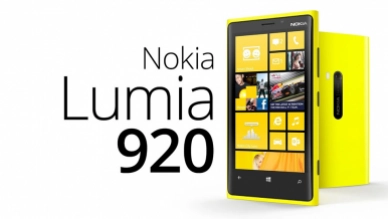
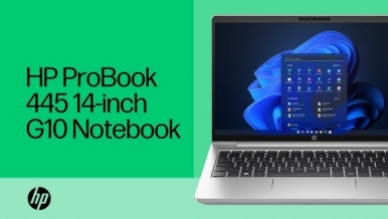
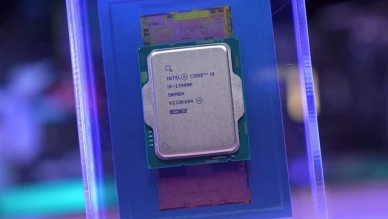
0 feedback